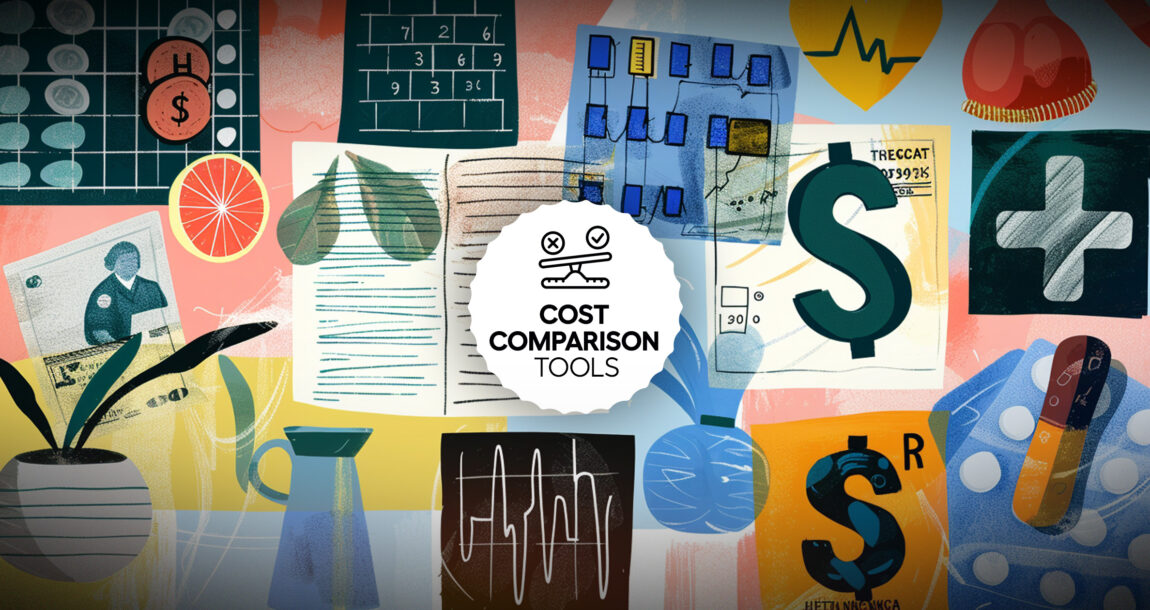
In addition, employers are now considered to be fiduciaries, responsible for negotiating the best possible health and drug plans regardless of whether they use a broker. Employers are being held accountable for the first time, as seen with a recent class action lawsuit against Johnson & Johnson for not negotiating better drug prices for their employees.
What do employers and their benefits brokers need to know?
Mark Galvin is the founder and CEO of TALON, an online tool that enables employees to comparison shop for cost-effective treatments. He talked with InsuranceNewsNet about the details of the new cost comparison requirement.
In 2020, the federal government finalized the “Transparency in Coverage” Rule, which requires health insurers and group health plans, including self-funded clients, to provide cost-sharing data to consumers via machine-readable files or consumer price transparency tools.
Price transparency tools mandated
Starting with plan years beginning on or after Jan. 1, 2023, insurers and plans must make an online price transparency tool available for 500 shoppable items, services and drugs identified in the final rule. All covered items, services and drugs are required to be included in the consumer price transparency tool for plan years that begin on or after Jan. 1, 2024.
Consumers will be able to get real-time estimates of their cost-sharing liability for health care items and services from different providers. The tool requirements allow the members to understand how costs for covered health care items and services are determined by their plan.
The tool must make available personalized out-of-pocket cost information as well as the underlying negotiated rates and allowed amounts for all covered health care items and services including prescription drugs. The information must be available through an internet-based self-service tool.
“All commercial health plan sponsors must provide to their subscribers or their plan participants an internet-based cost comparison shopping tool that provides a specific list of capabilities to each individuals, including the ability to compare costs across all the providers in their networks, to show the actual negotiated rates for the services that they might require or that they’re shopping for, as well as their own out-of-pocket exposure that they’re likely to face if they go to a given service provider,” Galvin said.
Galvin said he believes few employers are aware of the federal mandate and their responsibility for complying with it. That’s where benefit brokers can come in to educate their employer clients about the importance of having tools in place for compliance with the mandate.
“Brokers know it’s time to educate employers about this, and show them ideas on how to solve the problems surrounding this mandate,” he said. “Brokers and advisors should first become educated on what these rules really are, who they affect and who could get fined, and then present solutions to clients.”
